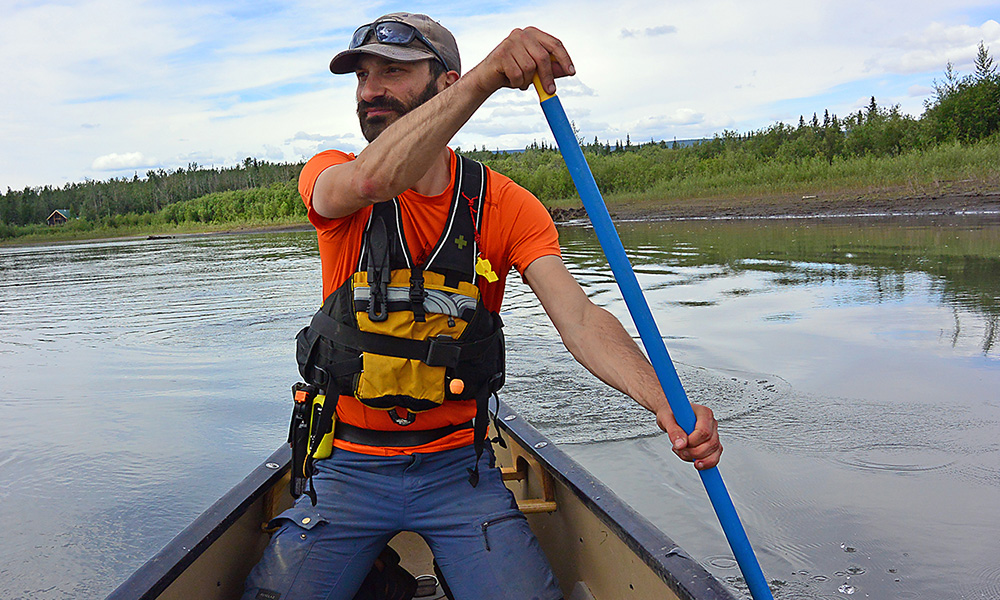Edward Struzik is an author and journalist who has been writing about scientific and environmental issues for more than 30 years.
What: UBC Okanagan’s Distinguished Speaker Series—Dark Days at Noon: The Future of Fire
Who: Environmental advocate Edward Struzik
When: Wednesday, March 22, 7 pm
Venue: Kelowna Community Theatre, 1375 Water St.
When a wildfire burns through a community, it can leave a trail of destruction, devastation and distress. What if it didn’t have to?
On Wednesday, March 22, UBC Okanagan’s Irving K. Barber Faculty of Science presents Edward Struzik as part of its Distinguished Speaker Series.
Struzik is a highly respected environmental advocate, award-winning writer, photographer, educator and fellow at Queen’s University Institute for Energy and Environmental Policy.
His writings have appeared in various publications including Canadian Geographic and Scientific American, and his photographs have been featured in books, magazines and exhibitions curated by organizations such as the Smithsonian in Washington, DC.
He was also recently featured in National Geographic’s documentary The Last Ice, and is a member of the New York Times Bog Squad—a group of scientists, researchers and experts who answer readers’ questions about the role that bogs, fens and other peat-accumulating wetlands play in climate change and biodiversity.
During his presentation, Struzik will share his perspectives on wildfire, its impact on air and water quality as well as how communities can live with fires that are burning bigger, more often and are increasingly putting people in harm’s way.
He will also discuss his latest book, Dark Days at Noon: The Future of Fire, which explains how fire is part of the natural landscape, and explores its history and modern society’s misguided response to it.
Finally, he will explain how factors such as environmental racism, aggressive firefighting strategies and political indifference have left North America vulnerable to future fires.
The Distinguished Speaker Series brings compelling speakers to the Okanagan to share their unique perspectives on issues that affect our region, our country and our world.
This community event is free and open to the public, but registration is required.
For registration details, please visit: science.ok.ubc.ca/about/community-engagement/distinguished-speaker-series
The post UBCO hosts esteemed environmental advocate Edward Struzik appeared first on UBC Okanagan News.

